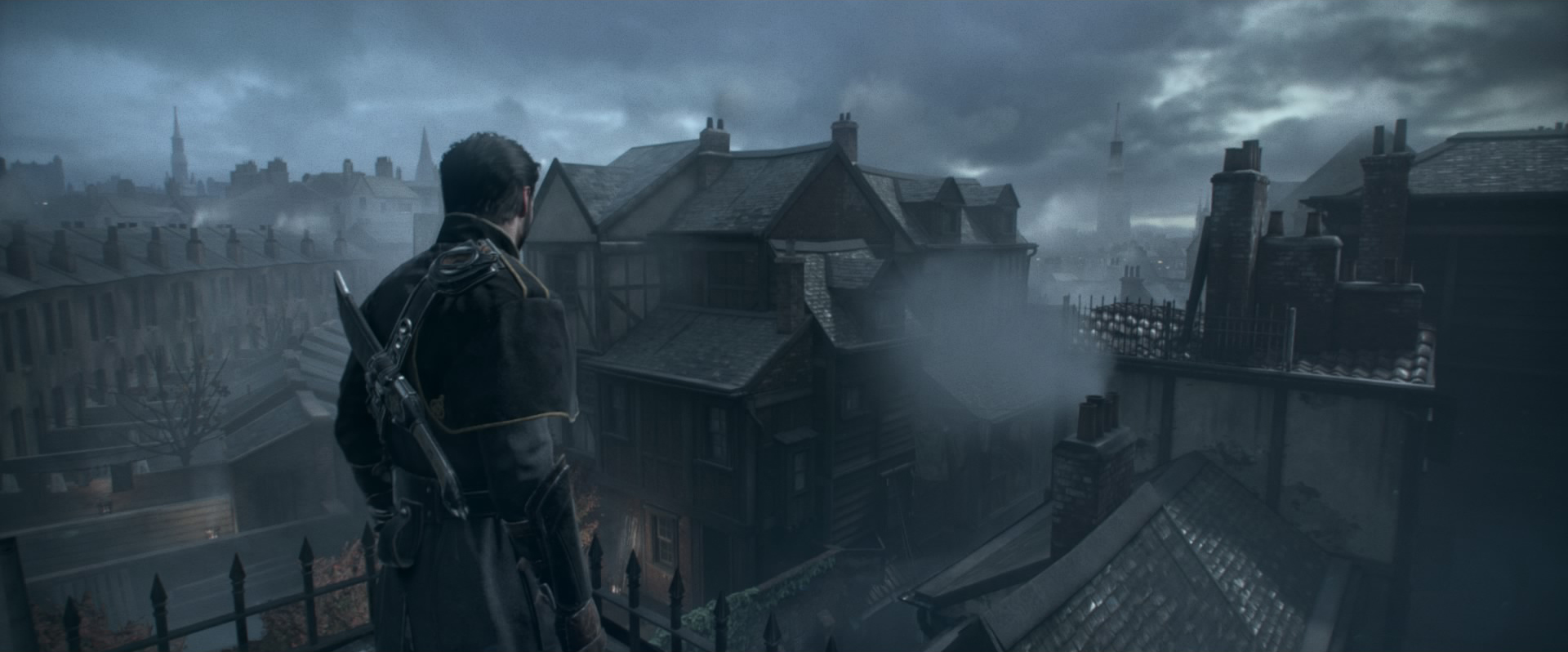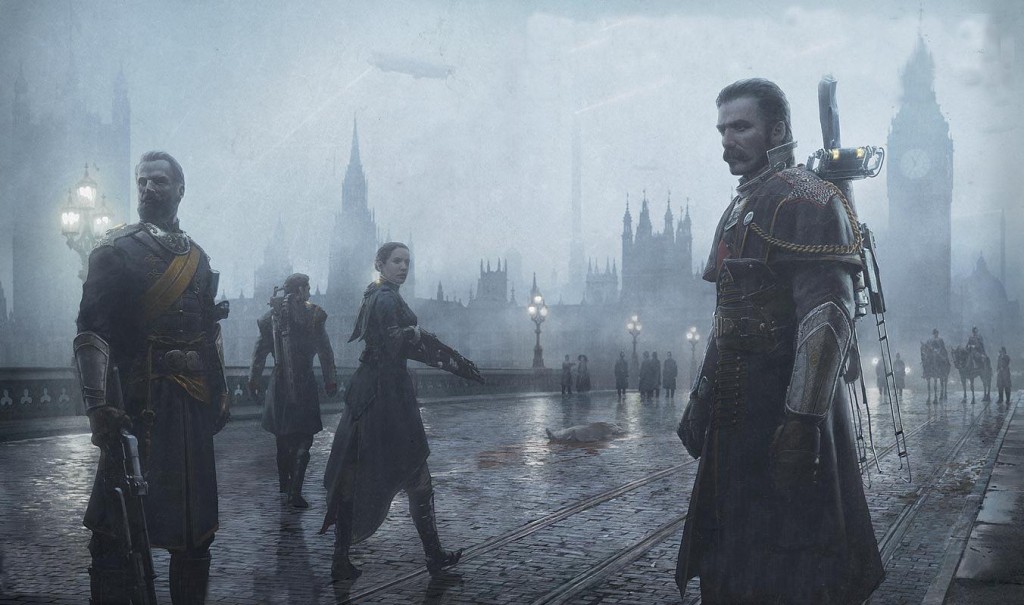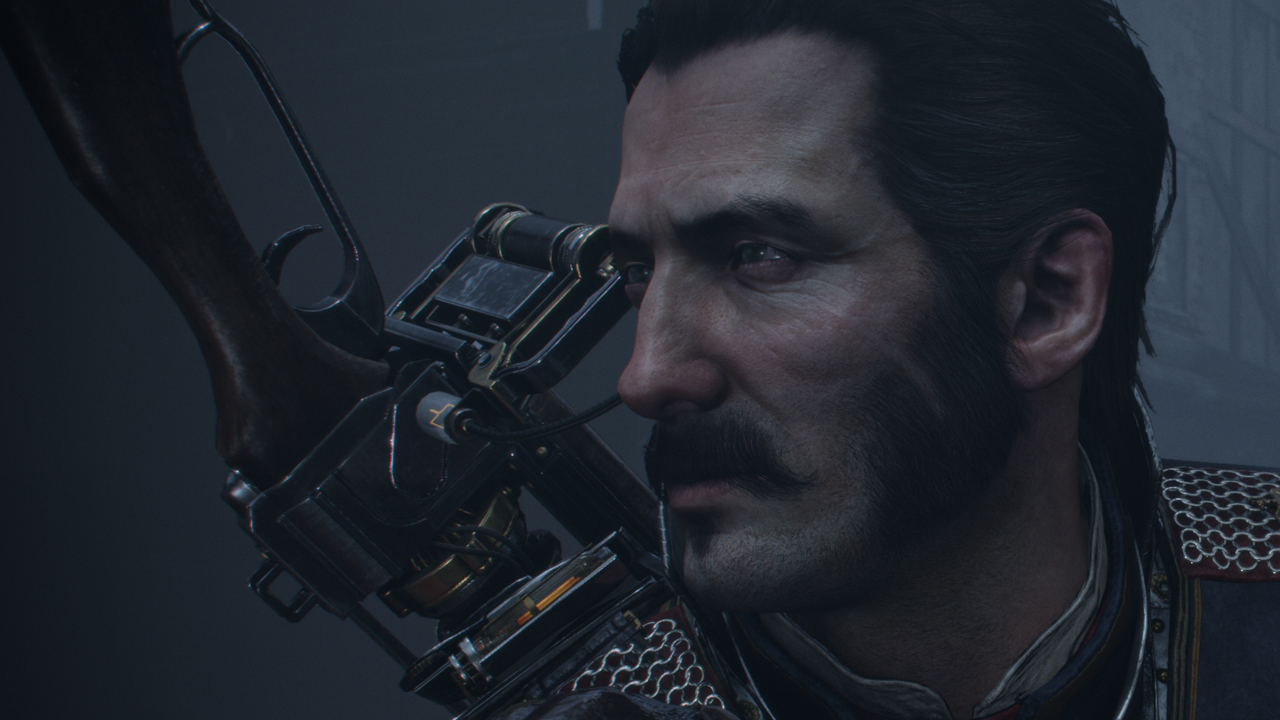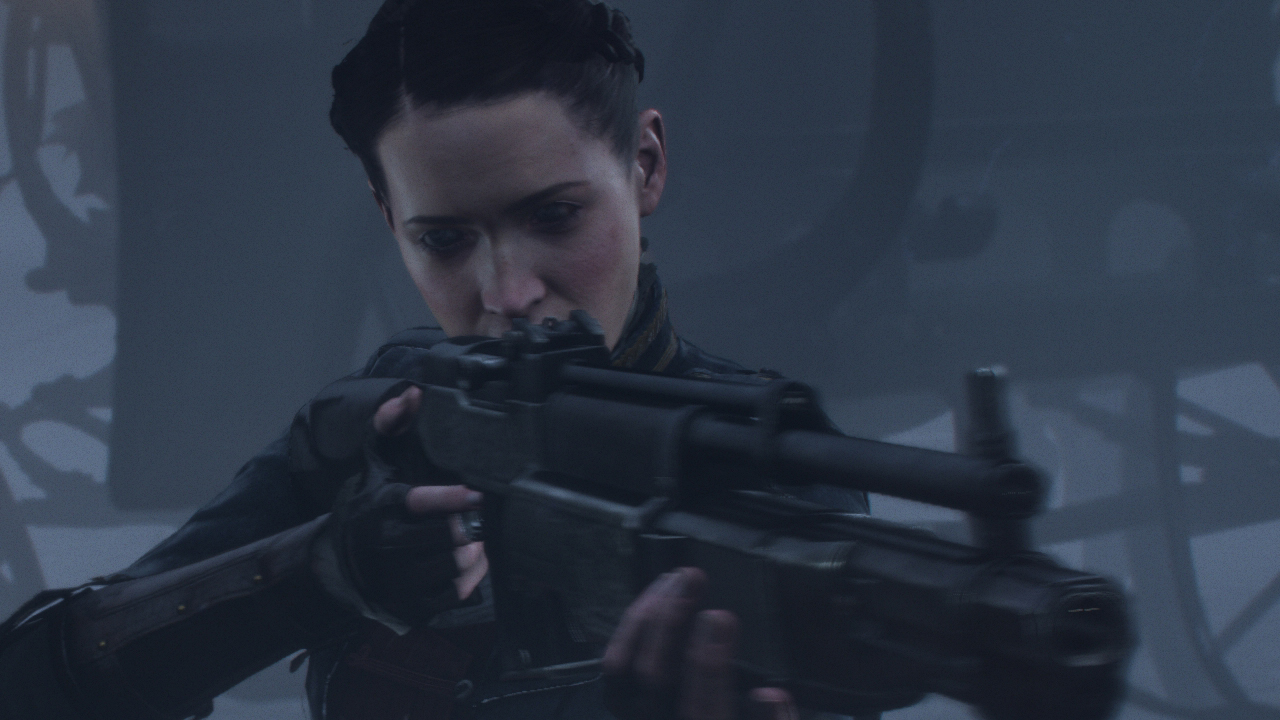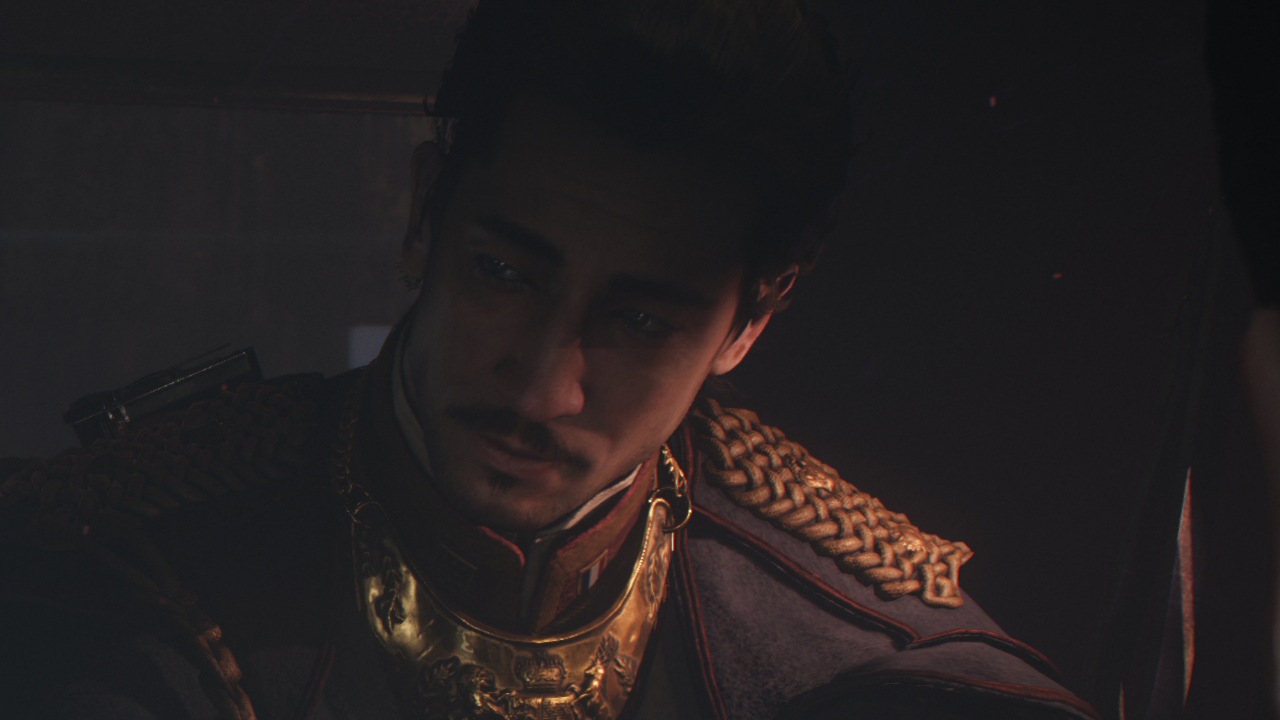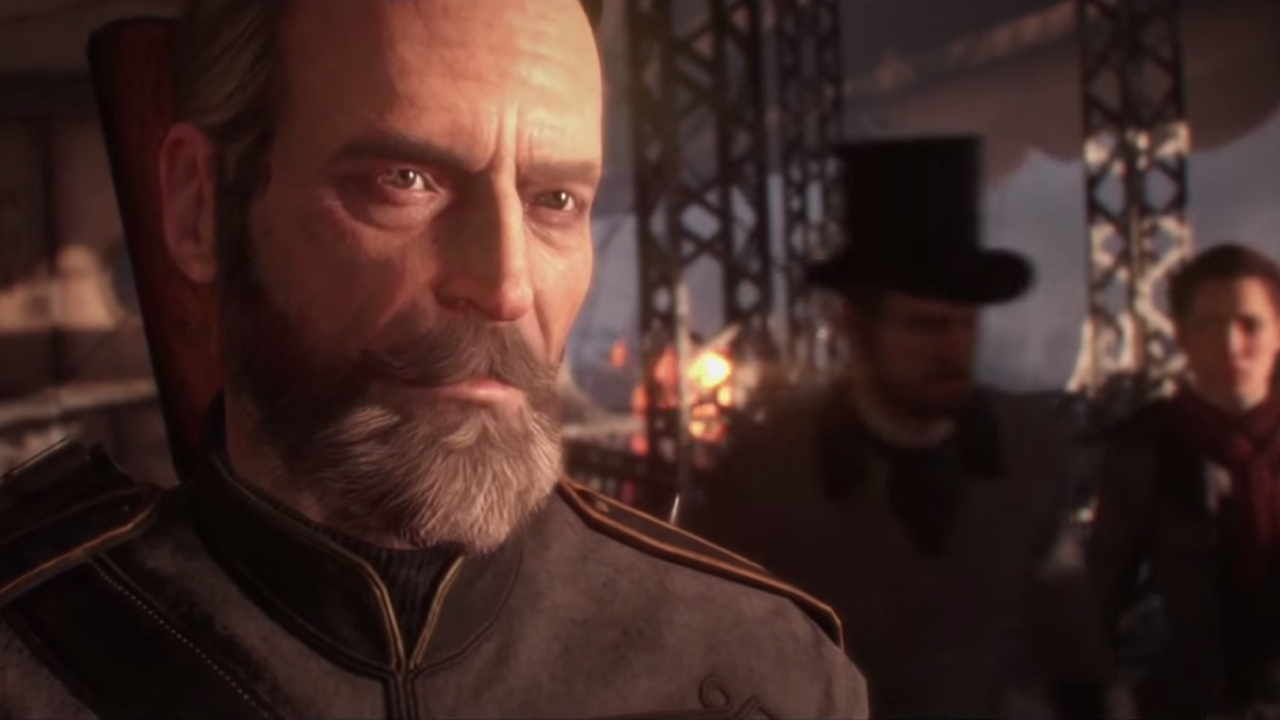GamesRadar+ Verdict
Worthy in its (assumed) intent, and visually spellbinding, The Order’s archaic, player-detached approaches to interaction and narrative make it a dated and instantly forgettable experience.
Pros
- +
Probably the best-looking console game ever made
Cons
- -
Shooting is average at best
- -
No respect for player involvement
- -
Takes control away at every opportunity
- -
Story and characters are unremarkable
- -
Little will stay with you
Why you can trust GamesRadar+
The Order: 1886 is nothing more than a computer program. That may seem an arbitrary statement, but it’s simply not applicable to most video games. Not good ones, and certainly not full, AAA narrative experiences. ‘Experiences’ is the important word there. The best modern games are about involvement, empathy, and the player’s sheer sense of presence and agency in a living, breathing, creatively sculpted world. For all of the logical, digital mechanisms at their cores, they’re about creating a sense of life, a sense of place, and allowing the player to explore and express amongst all of that.
The Order: 1886 delivers none of those things. The Order: 1886 is a cold, uninvolving, desperately automated, experiential production line, churning out its prefabricated, prepackaged nuggets of brutally prescribed interaction as it wants, when it wants, and with a seemingly gross lack of insight into either the state of gaming in 2015 or the importance of player investment. For all of its arresting visual quality, it is no more a modern, AAA, narrative video game experience than a recently dead pig is a bacon sandwich.
The Order’s intent – if I interpret it correctly, and I really hope I do – is a worthy one. Progressive even, in its desire to tell an action-led war story that doesn’t focus primarily on the meting out of violence. But alas, The Order’s total misunderstanding of the relationship between player interaction, personal investment, and narrative resonance furnishes its execution with little merit. It falls far, far short of the powerful, storytelling epic it so clearly wants to be.
In concrete terms, what we have here is a roughly seven-hour game, about a quarter of which is comprised of brief, sporadically placed cover-shooting segments. The rest is filled with a lot of very pretty nothing. The shooting is adequate at best, limited chiefly by a minimum of enemy AI types. There are two. One hunkers down behind its chosen cover seemingly indefinitely. The other rushes down the player with close-range weapons, sometimes wearing heavy armour, and often annoying for all the wrong reasons due to the game’s inexplicable lack of evasive manoeuvres. Underwhelming opposition established, the scope for meaningful, satisfyingly strategic play is then further crumpled by The Order’s cripplingly narrow view of environmental design.
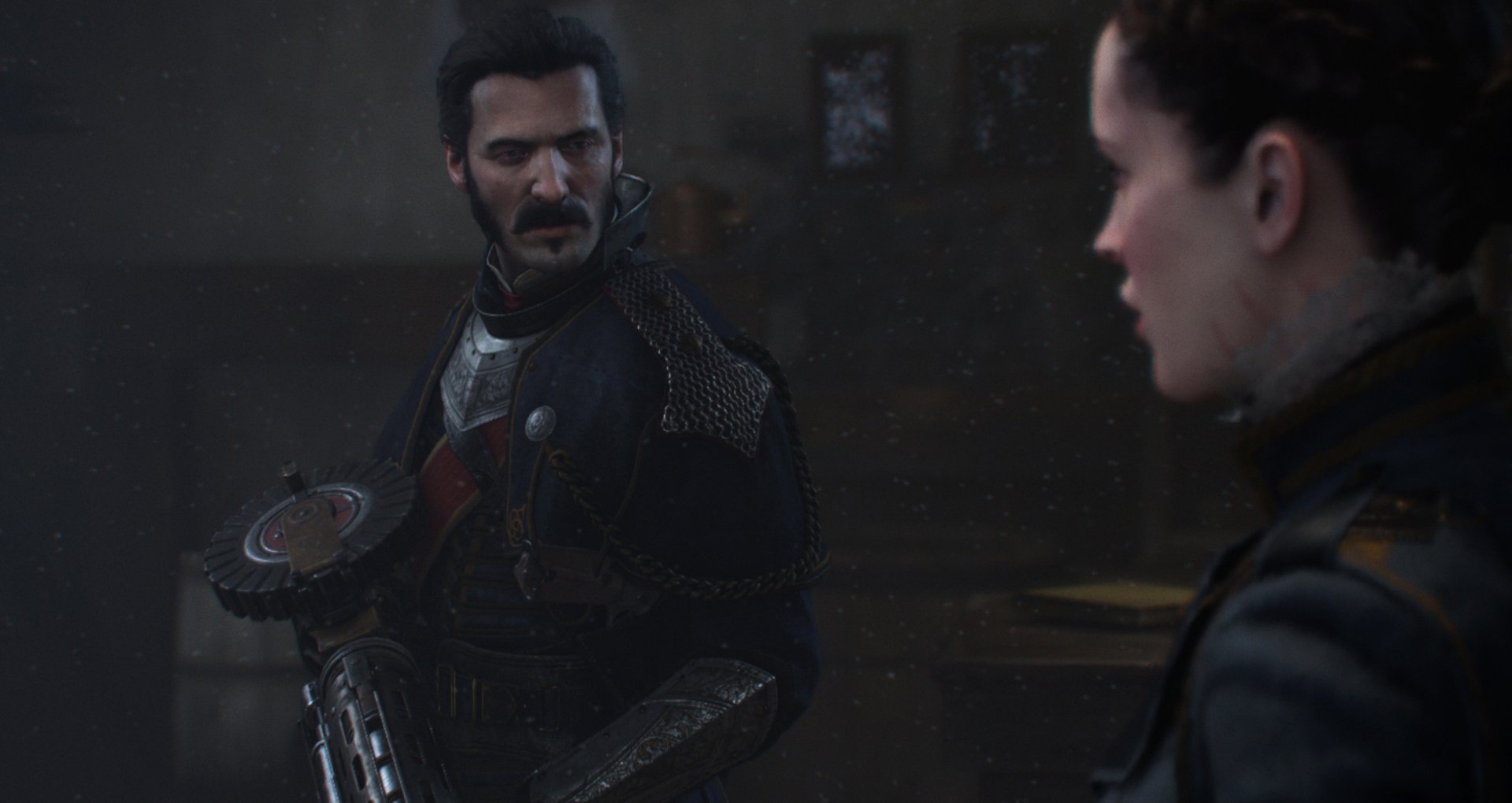
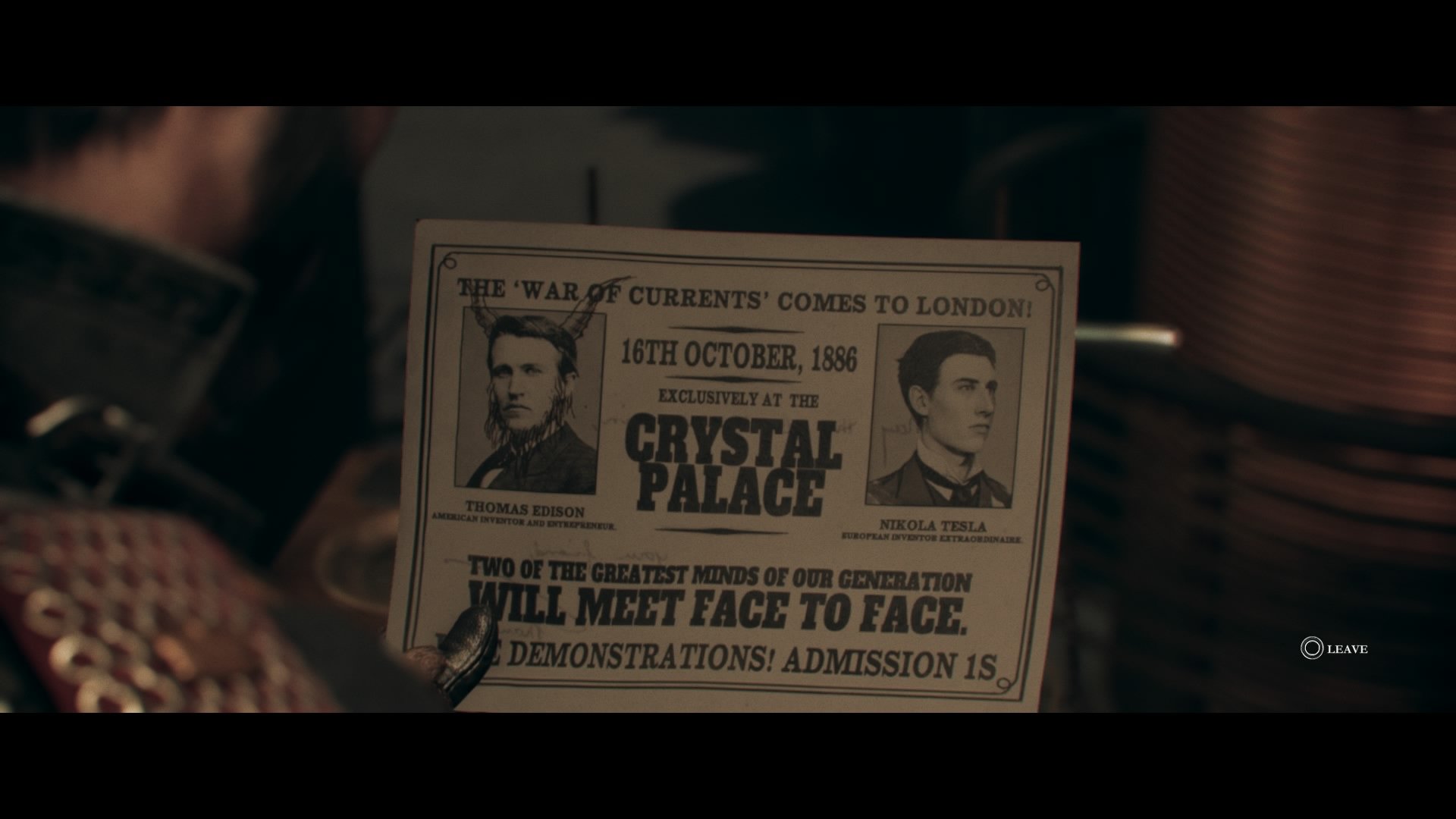
Does The Order support a worthwhile story with all of its mechanical malarky? Kind of. While its characters are as stock as it gets - stoic hero, fatherly, badass mentor, likably lecherous Frenchman - the acting and dialogue are largely decent. Though alas, the big twists and turns are clumsily telegraphed to anyone paying attention, and the abrupt ending feels like it's saving the final act for DLC or a sequel.
Corridors, streets, warehouse rooms and town square shoot-outs alike are as boxed in and restrictive as each other, often dropping a swathe of empty space between the player and the enemy’s resolutely dug-in position – sometimes even physically isolating you from the action entirely - creating the sense of firing into a self-contained diorama model from the outside. It’s as close to a fairground shooting gallery as modern games have ever come.
With weapons largely interchangeable - aside from a couple of more interesting, but barely used, area-specific ones - and enemies often respawning for long enough to make you feel that the game has broken, combat goes nowhere fast. Basic, yet bloated, it appears so infrequently over the course of the game that there’s no time for it to evolve. By The Order’s climactic stages, you’re experiencing nothing that isn’t present in the early chapters of this game, or any other shooter.
What do you do for the rest of the time? Not a lot. As unremarkable as The Order’s combat is, it’s when the game tries to expand the scope of its story’s delivery that it utterly fails. This is where its naïveté regarding the player experience becomes blisteringly apparent. Simply, it trots along with telling its story, but gives the player no meaningful presence within it. You know all the little filler actions you carry out between the main sequences of an Uncharted or a Gears of War? All of that corridor-walking, and radio-chatting, and door-opening, and diary-reading, and obstacle-pushing, and simple climbing and jumping? The rest of The Order: 1886 is made of that and little more. And by ‘little more’, I mean ‘an incredulous volume of cutscenes’.
Meet the team
The Order (the organisation) is descended from King Arthur's original round table, each new recruit taking the codename of a deceased member upon his or her predecessor's death, in order to maintain continuity. Not that the game explains that important part of its lore until way to late to avoid confusion. Additionally, some of the knights are actually centuries old, thanks to a life-extending substance called Blackwater, derived from the Holy Grail. Who are they all then? Well...
Isabeau D'Argyll, aka Lady Igraine
The youngest team member, Izzy is of the prim, proper, authoritarian archetype. She has history with Galahad, though it never really comes to anything in the game, partly because Order duties take priority, partly because the area just isn't explored beyond vague hints.
The Marquis de Lafayette
Recently joined and still in training, The Order's French member fulfills all the stereotypes you'd expect. ie. he's a lecherous free-spirit, good naturedly butting heads with the more buttoned-down English members, while banging on about liberty a lot. He probably also smells of garlic and hunts frogs for their legs using a guillotine.
The combat-light focus need not, of course, be a problem. Consider The Walking Dead. Ostensibly made of cutscenes, dialogue trees, and QTEs, Telltale’s game insightfully evolves those ‘filler’ mechanics – through depth, finesse, quality of writing, and weighty, branching consequences – into something engrossing. It’s far beyond the sum of its parts. Consider Sony’s own The Last of Us. Consider how Naughty Dog’s thoughtful use of downtime, of ambient exploration, light problem solving, and non-standard action serves to build narrative depth and texture, character empathy, and the relationships between those characters.
The Order seemingly didn’t consider any of the above, and instead simply presents the same eight-year old, stock filler ideas you’ve seen a thousand times before, at surface value, for hours on end. By padding out the majority of its running time with such a glut of limited offerings, unelevated beyond the basic form in which they appear in more complete games, the result is just a game made of other games’ filler. And to boot, one in which any movement or action runs the risk of being replaced with a needless and jarring cinematic at any given moment. The ultimate impression is one of having had a story related second-hand by a friend rather than ever having been part of it.
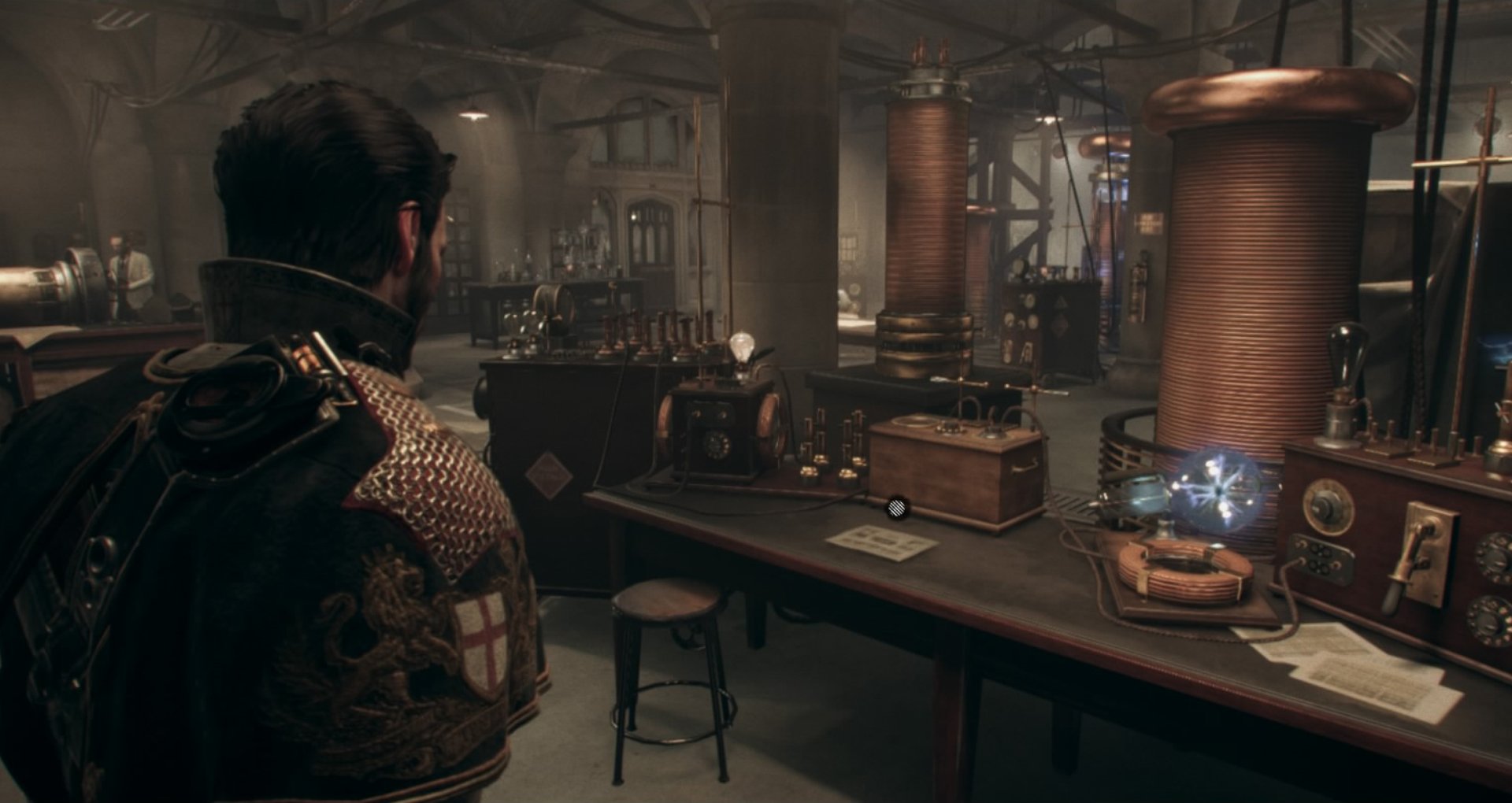
When The Order tries its hand at set-pieces, its cluelessness is compounded, the maddening, illogical, pathological need to turn everything into a QTE killing any excitement or sense of control. Its trademark werewolves come off particularly badly, appearing outside cinematics only as part of two hopelessly prescribed and distinctly un-fun set-piece types. One aspires to tense, cat-and-mouse action, but its unnecessary reliance on scripted button prompts in order to trigger an otherwise non-existent evasive roll – alongside the Lycans’ simplistic hit-and-run AI – makes for a reductive, mechanical experience, dull and irritating rather than fevered and exciting.
The other encounter type is a boss fight, specifically a knife fight, which marries pseudo-realtime control - as both adversaries circle each other pointlessly, and purely cosmetically - with ultimately meaningless slashing, which inevitably gives way to the barrage of button prompts that really push the scene forward. Thus, the creatures that should be The Order’s most unique asset are weakened, reduced to puppets and automata, with no tangible, threatening presence. A late-game stealth sequence is particularly galling for similar reasons, its non-linear environment buried beneath basic AI and yet more timed QTE demands for takedowns. Infuriated by its unswerving nature and instant restart punishment for failure, I rapidly decided to skip the whole experience in favour of a sprint-and-shoot crossbow frenzy. But even that approach is flawed, given the implementation of unavoidable, instant-death cutscenes, vetoing any chance to fight back when discovered.
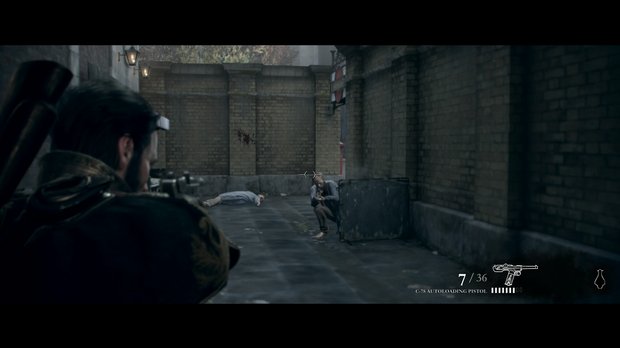
These encounters sum up The Order’s problems rather perfectly. Whenever potential presents itself, the game can’t help but reductively shoot itself in the foot by removing the interaction that would have made a sequence shine, in favour of yet more relentlessly superficial delivery. Even its resplendent Victorian streets suffer, rendered in some of the finest visuals ever to grace a console game, but feeling resolutely lifeless. They’re filled with sterile emptiness, and punctuated only by NPCs so stiff, mechanical, and non-reactive that you can almost see the hinges at their joints and the tracks at their feet. The supposedly narrative-furthering collectibles - newpapers, notes, documents, and the like - frequently, bizarrely, hold no information at all, existing only to exist, as non-functional props. It all feels more akin to an unguided tour of an empty film set, or the exploration of a closed theme park.
It might sound an odd comparison, but when playing through The Order, I found it impossible not to think of Arnold Schwarzenegger’s 1988 comedy classic, Twins. In the film, Arnie’s character, Julius, is a genetically engineered super man, a refined, improved version of humanity intended as a shining blueprint for the future. But he is born alongside an unexpected twin brother, Vincent, played by Danny DeVito, who exhibits none of Julius’ carefully chosen qualities. If The Last of Us – with its intelligent, progressive, resonating, modern interactive narrative design – is Julius, then The Order, with its dated, automated, uninvolving delivery of similarly epic aspiration is – as a scientist bluntly describes DeVito at one point in the film – ‘all the crap that was left over’.
Still, at least it looks really nice.
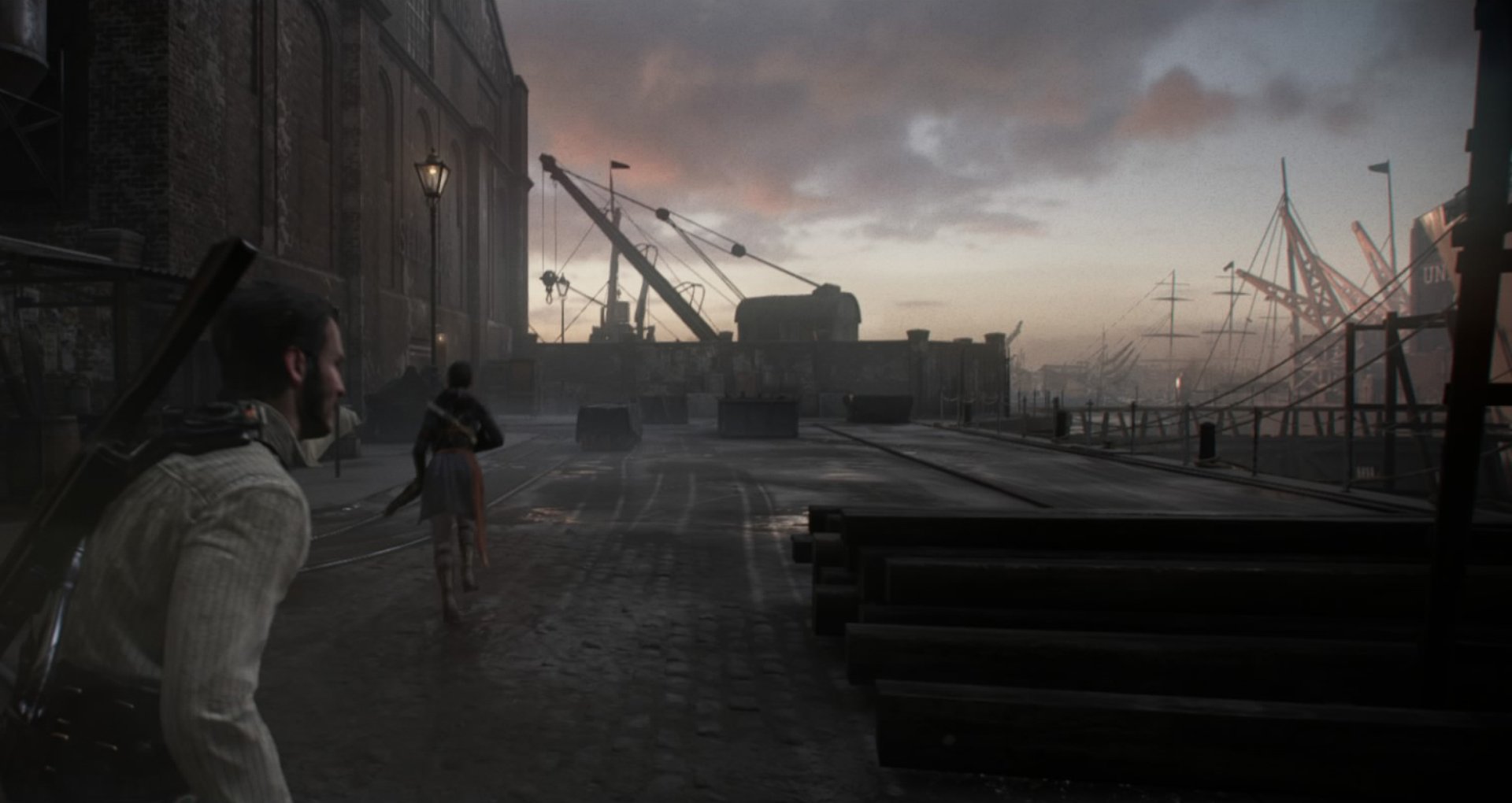
More info
| Genre | Action |
| Description | 19th century London meets steampunk meets werewolves. |
| Platform | "PS4" |
| US censor rating | "Mature" |
| UK censor rating | "" |
| Release date | 1 January 1970 (US), 1 January 1970 (UK) |
